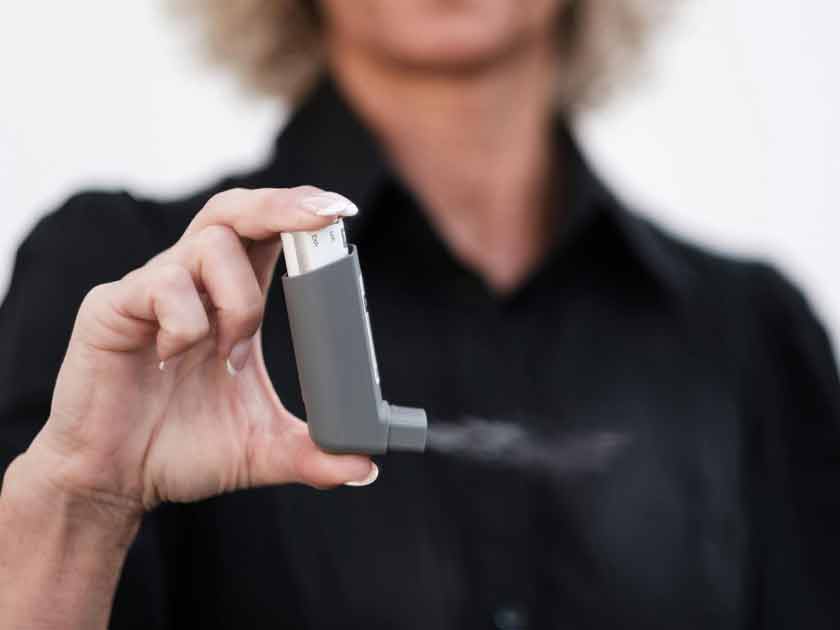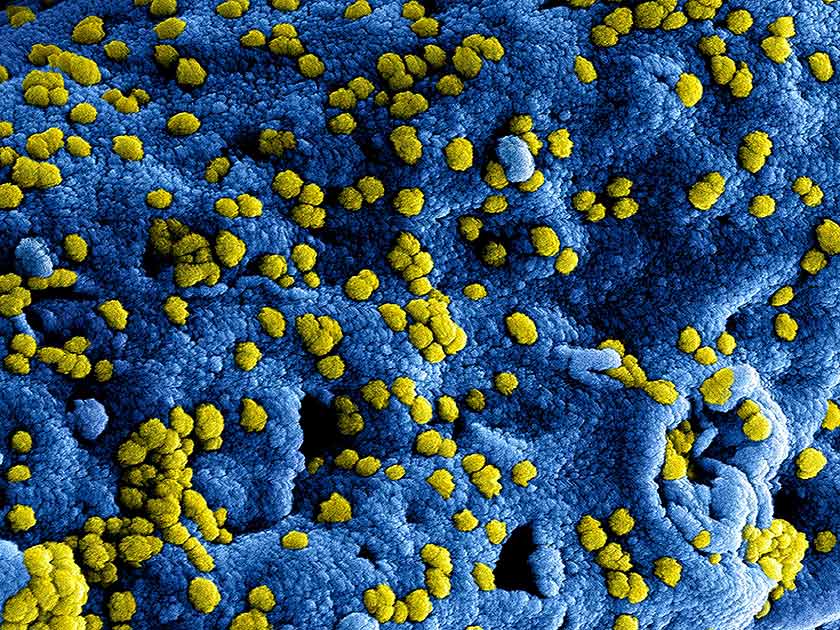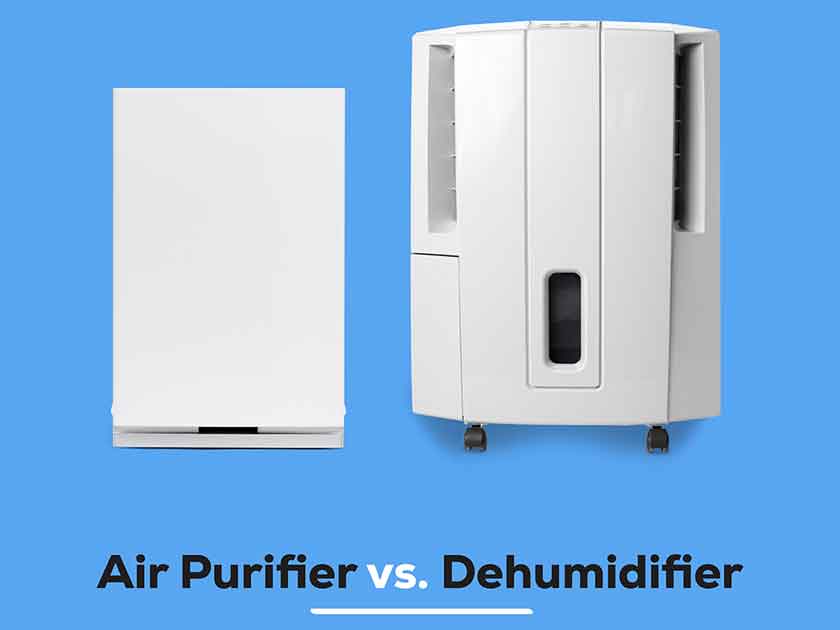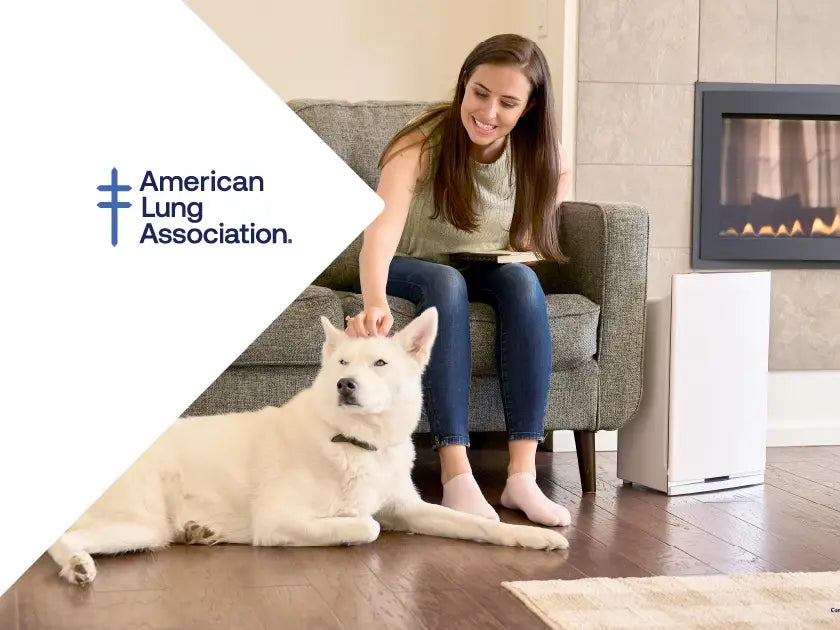
Intellipure recently partnered with the American Lung Association (ALA) to help get the word out about the importance of indoor air quality (IAQ). One of the people leading that charge for the American Lung Association is Jill Heins-Nesvold.

Jill Heins-Nesvold, MS, is the National Senior Director for Health System Improvement and IAQ at the American Lung Association. She leads a team that works with clinics and hospitals across the country to ensure that healthcare professionals have the resources and knowledge to provide the best possible care for people with asthma and COPD. Her leadership role with the ALA’s Indoor Air Quality program helps bring indoor environmental issues to the forefront. She took time from her busy schedule to speak with Intellipure about indoor air quality issues today.
Intellipure: What current initiatives at the ALA are you most excited about?
Jill Heins-Nesvold: I'm excited about everything we're doing! The ALA has a broad scope. From outside our division with new policy initiatives, reducing the amount of urban heat through innovative technology and surfaces, how climate change leads to excess heat which leads to lung disease, long term lung health studies looking at factors that prevent or treat lung disease, and other areas of health system improvement and indoor air quality.
I’m passionate about public health. I think it is a human right to have access to a basic level of protective shielding for our health and a basic level of health care. So that we all have safe drinking water, and we all have safe air to breathe.
In public health you have primary, secondary, and tertiary care. Air quality is primary care. We need to protect our health and lungs before there is a problem. IAQ is primary prevention helping everything that breathes.
Intellipure: What drives your passion for respiratory care?
Jill Heins-Nesvold: I think there are driving forces that get us to the right place. 23 years ago, I joined the ALA to do strategic planning for a CDC grant working on pediatric asthma.
In the US primary care has an opportunity to improve diagnosis of lung disease. I came aboard for strategic planning.
My husband has had asthma since he was a child. They called it “hockey cough” in Minnesota due to fear of labeling children for insurance reasons. His asthma came back in his 30s. I remember him having issues and the primary care physician would respond that adults don’t get asthma. His pulmonologist said to just control the symptoms. He had a bad (asthma) attack, and the allergist wondered how he wasn’t dead. But the damage was already done. Poorly controlled asthma can cause long term problems like tissue remodeling.
I’m also passionate about lung disease because for 30 years they brushed asthma aside. There is a lot of poor education out there.
My father has COPD and was a welder. Not a smoker. He spent his life damaging his lungs to provide for his family. The primary care physician put his COPD behind his other ailments, but the cardiologist identified the lungs issues.
The ALA has a free telephone helpline (1-800-LUNGUSA) to help people and get them assessed.
Intellipure: What message do you feel that people need to hear about their lung health that they just aren’t getting?
Jill Heins-Nesvold: Lung health is often ignored. We hear about heart disease, diabetes, and stroke. Lung health is as frequent a cause of death as those and is often overlooked. We need to elevate lung health because it impacts everyone regardless of genetic predisposition. It is an equal opportunity disease.
IAQ impacts us across our lifespan. Exposure can affect genetic DNA, pregnant moms, infants, toddlers, teenagers, even older adults. Indoor pollutants are in our bodies however it comes through. What is outside, is now inside.
Four ways to protect against airborne indoor pollutants:
- Source control - remove/reduce the pollutant source
- Improved ventilation - bring in more outdoor air
- Air cleaning - filter the air
- Personal protection - wearing a mask
Intellipure: How important is it to have an air purifier that removes fine particulates?
Jill Heins-Nesvold: Very important. Any way you can avoid pollutants is best (that’s source control). Ventilation with outdoor air can be cleaner, but not always. Mechanical air cleaners have an important role for everyone. When it comes to particulates, size matters. Small particles go deeper into the lungs and into the bloodstream.
Research isn’t doesnt indicate that everyone needs an air cleaner, but there is a modest impact for having an air cleaner. For lung disease sufferers having an air cleaner can make things less likely to trigger issues and can stop from triggering a health issue.
Intellipure: Can your lungs clear out contaminants?
Jill Heins-Nesvold: Sometimes, it depends on the particle size. Radon gas has been on my radar but is often overlooked. It sticks to lung tissue and gives off radiation in the lungs, which does DNA damage.
Intellipure: Are asthma cases on the rise?
Jill Heins-Nesvold: We have not seen any trends as of recently. Mostly just increased awareness as previously asthma was dismissed. Diagnosing asthma is difficult. Asthma can look different for people. It is transient and sometimes it is a problem. Some people cough, some wheeze. It looks different. Asthma is the leading misdiagnosed pediatric disease. An allergist should be the one performing the diagnosis.
Intellipure: Are you seeing an increase in environmentally based triggers for asthma attacks?
Jill Heins-Nesvold: Not really, more people realize that to manage asthma you need medication and environment management. Meds were the only solution for years, now the environment itself is recognized.
COPD is just coming into it. We must focus on medications and smoking cessation, then pulmonary rehabilitation. We are just starting to recognize the environment can make it worse. Things like colds, sickness, IAQ triggers, particles, VOCs, and smoke.
Intellipure: What are some things parents can do to help alleviate their child’s asthma symptoms in the home?
Jill Heins-Nesvold: There are five big issues:
- Dust mites - Clean up clutter so it doesn’t capture dust. Wash sheets, bedding, and stuffed animals in hot water.
- Roaches - We can be allergic to bug parts or bugs themselves. Remove anything the roaches are feeding on.
- Pollen - Keep windows closed in pollen season. Shower and wash hair after being outside.
- Dander - This is a tough one since animals are family. Asking to rehome a pet is hard. You can create a cleaner environment in the child’s room. Keep animals off the bed. Use an air cleaner. Vacuum more and get rid of carpet/blinds.
- Mold - It is everywhere, it is all about dose response.
Intellipure: What goals do you have for the ALA’s outreach for asthma, COPD and IAQ?
Jill Heins-Nesvold: Recognizing that what we breathe in is harmful to our health. We integrate and prioritize clean indoor air into all our programs we have at the ALA so we can reach the broadest population with our clean indoor air message.
Intellipure is grateful for the work of Jill Heins-Nesvold and the American Lung Association. At Intellipure we are passionate about indoor air quality and are proud to be working with the ALA to promote the importance of clean air.


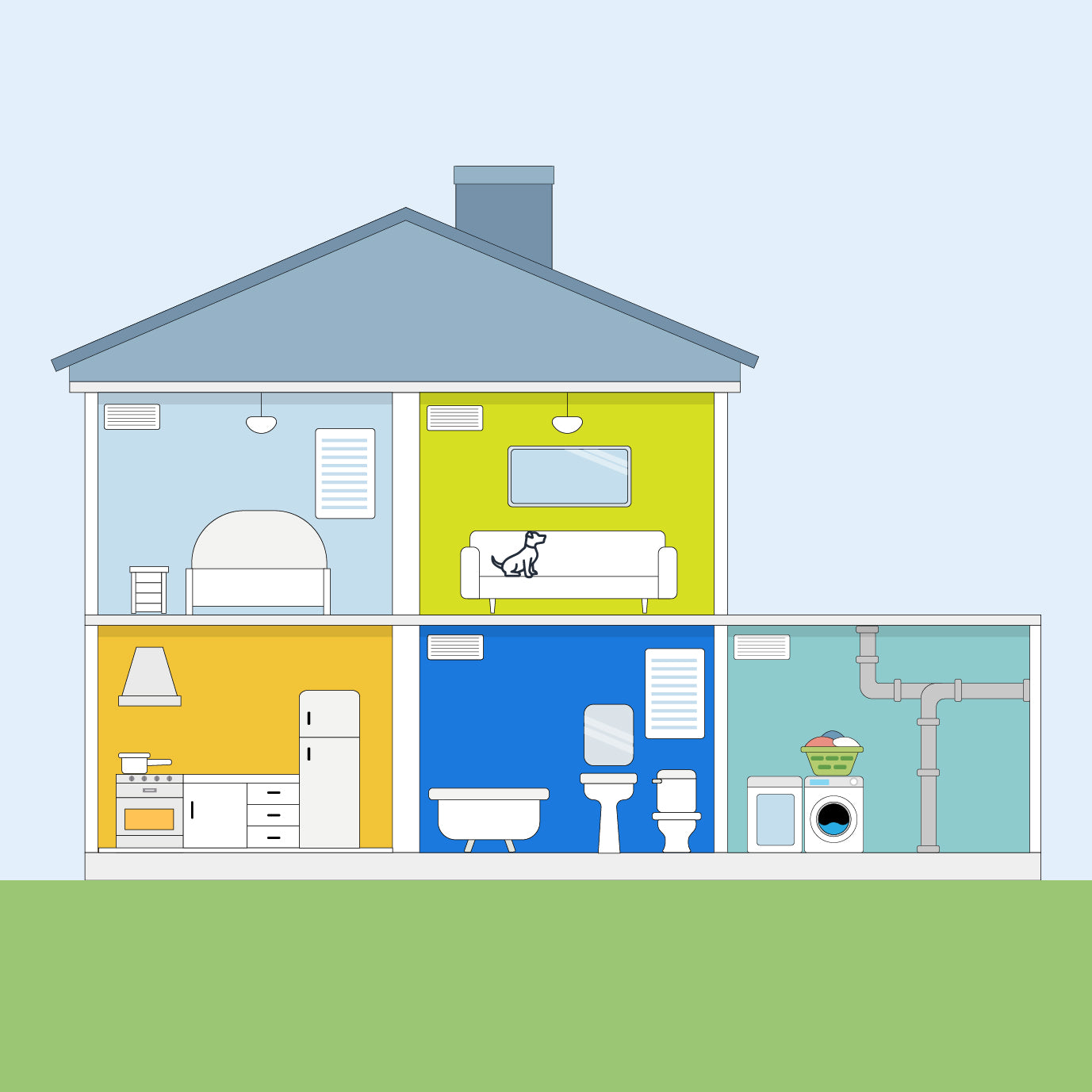 Indoor Air Pollution: How Safe is Your Home?
Indoor Air Pollution: How Safe is Your Home?
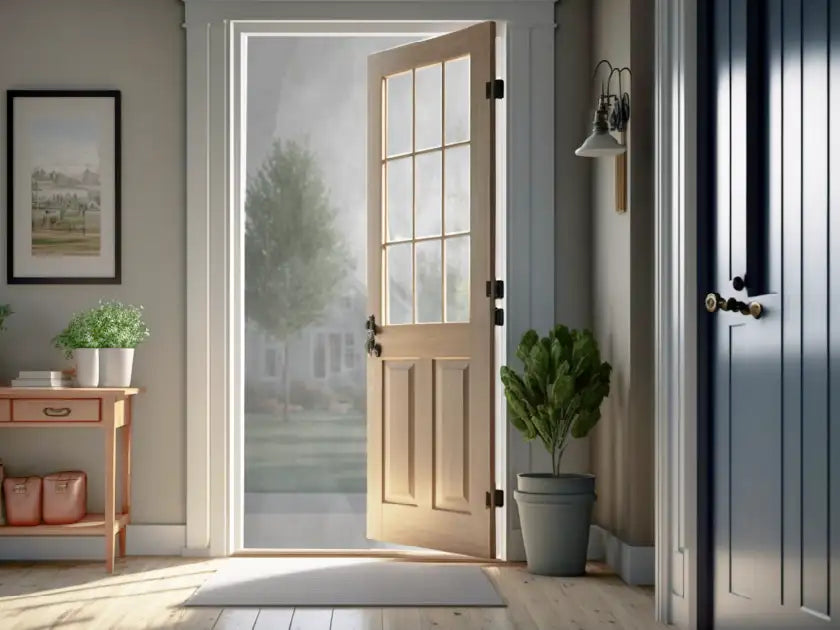 Why Outdoor Air Pollution Is An Indoor Air Pollution Problem
Why Outdoor Air Pollution Is An Indoor Air Pollution Problem
